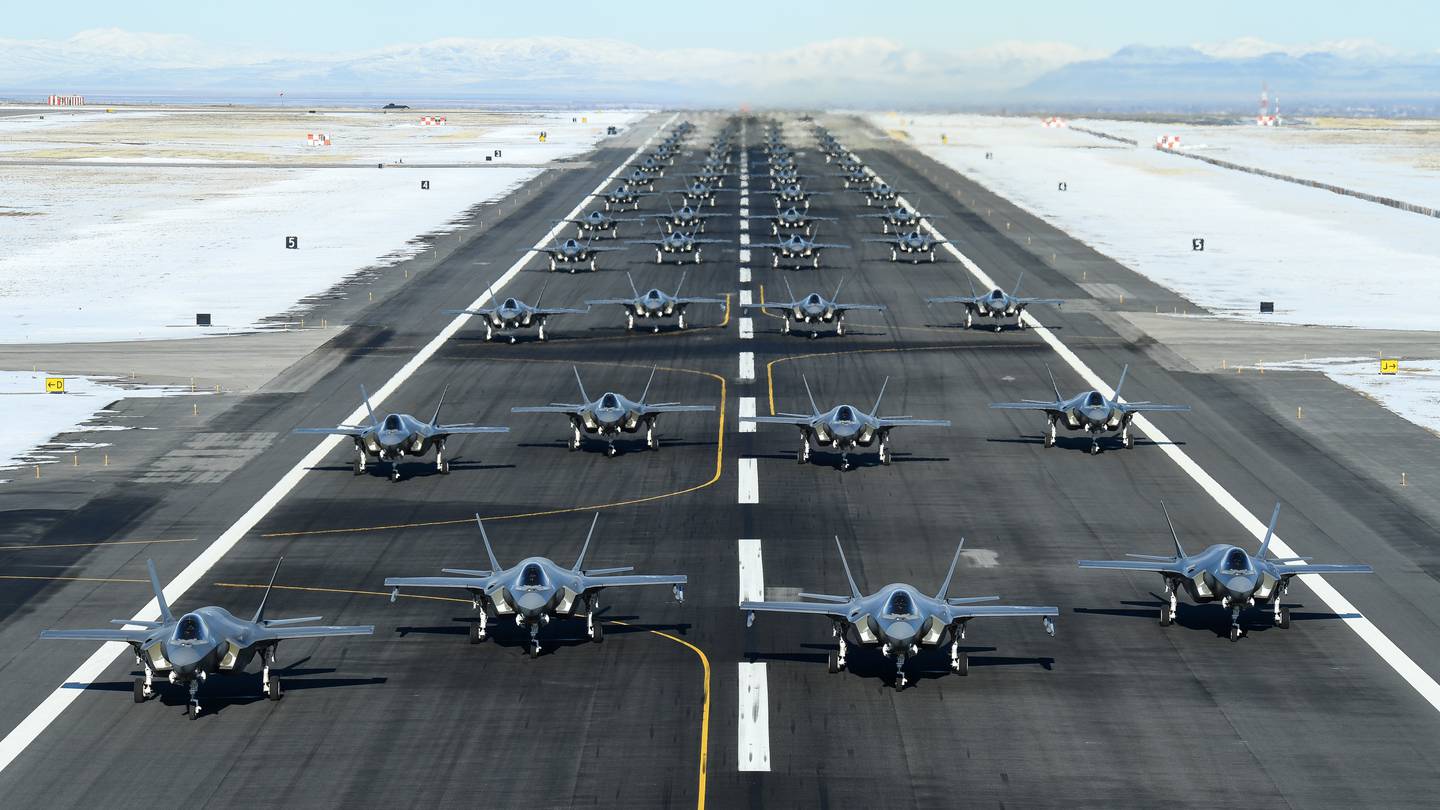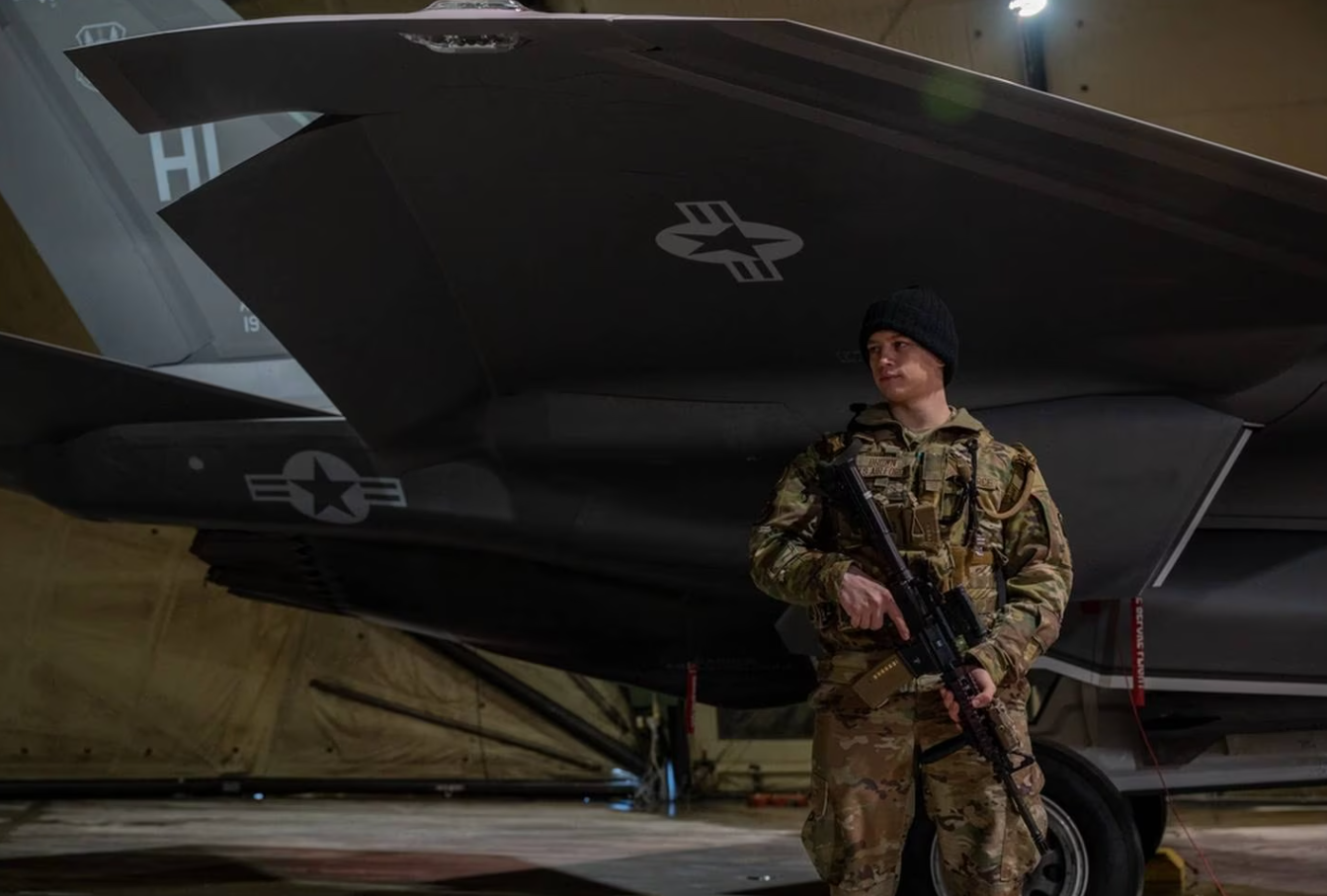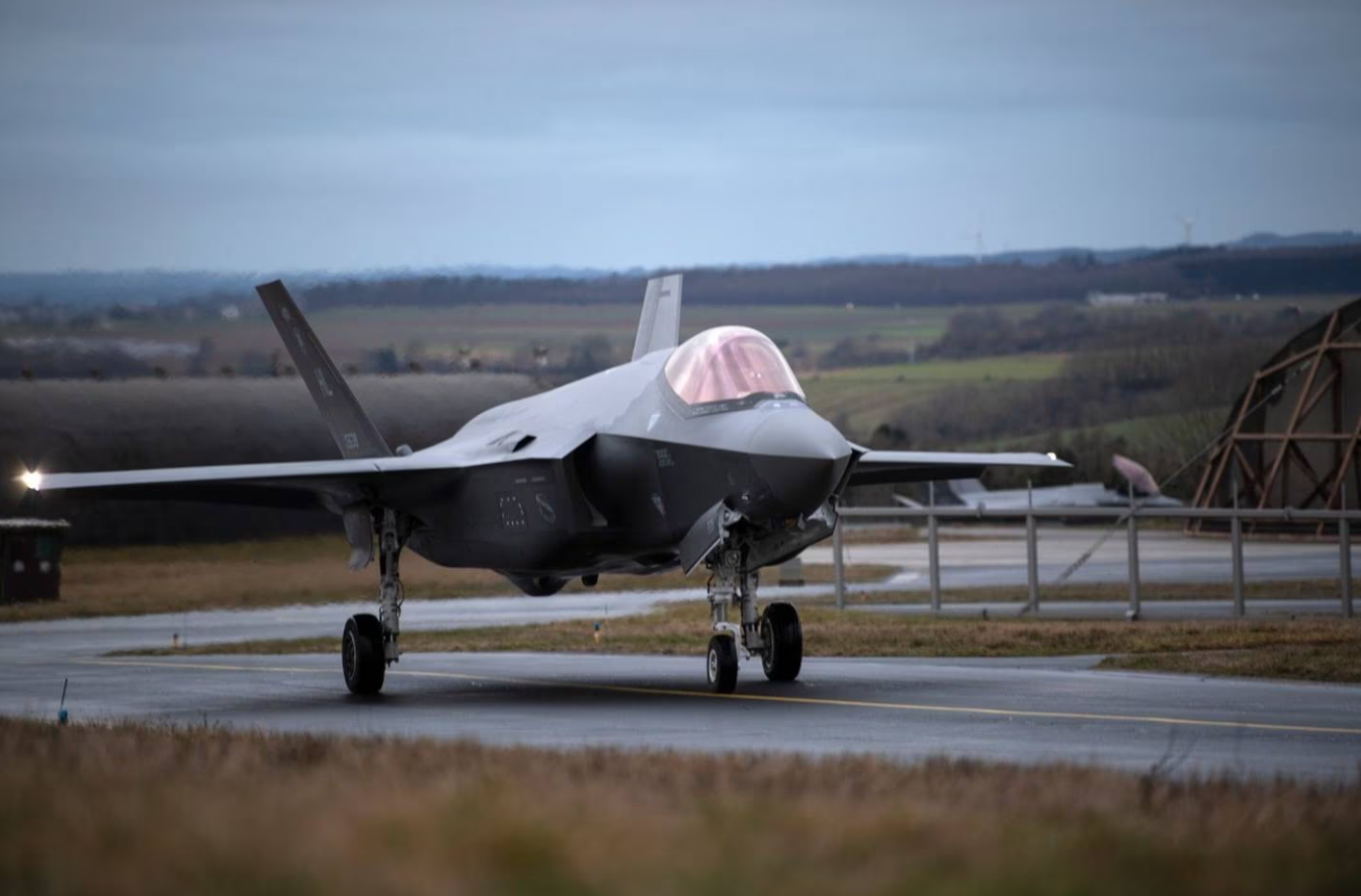In 2022, the US Air Force sent 12 F-35 Lightning II fighters to Europe to detect Russian S-300 surface-to-air missile systems

Days before Russia's full-scale invasion of Ukraine, the US Air Force deployed a dozen fifth-generation F-35 Lightning II fighters to Europe. A year later, information emerged about what they were doing.
Here's What We Know
The 34th Fighter Squadron was the first to achieve initial combat readiness with the F-35A Lightning II. This happened in mid-2016. It is part of the 388th Fighter Aviation Regiment of the US Air Force and is stationed at Hill Air Force Base in Utah.

The 34th Fighter Squadron had been waiting for the signal to move to Europe since the fall of 2021. It followed in February, when Russia deployed 130,000 troops and equipment near the Ukrainian border. A week before the full-scale invasion, the US Air Force sent 12 F-35A fighters and 300 pilots to Europe.

The fifth-generation fighters are designed to destroy enemy air defences. The planes can pick up radar emissions and paint a picture of friendly and enemy forces in the area.

Colonel Craig Andrle, commander of the 388th Fighter Aviation Regiment of the US Air Force, said the fighters had seen threats both in Ukraine and in the Kaliningrad region of Russia. It is located between Poland and Lithuania.
According to the colonel, US F-35A Lightning II aircraft were able to locate and identify Russian surface-to-air missiles. The information gathered was forwarded to the allies.

Craig Andrle noted that the fifth-generation fighter at times may have had difficulty recognising anti-aircraft and missile systems. This is due to the fact that air defence systems have means to evade detection.

In such cases, the F-35A would mark an object and relay information about it to the military. They would update the data and re-load it into the aircraft. The fighters then knew what they were dealing with.
The 34th Fighter Squadron returned to Hill Base in May 2022. This mission allowed the U.S. Air Force to hone a new approach to deploying aircraft in a short time frame. It also demonstrated that the F-35A can interact with joint forces and respond quickly to unidentified threats.

Lockheed Martin predicts that NATO members will be able to deploy more than 400 fifth-generation fighters in Europe by 2030. The company believes that the F-35A will be one of the key weapons in the event of future military conflict in the region.
Source: Military Times